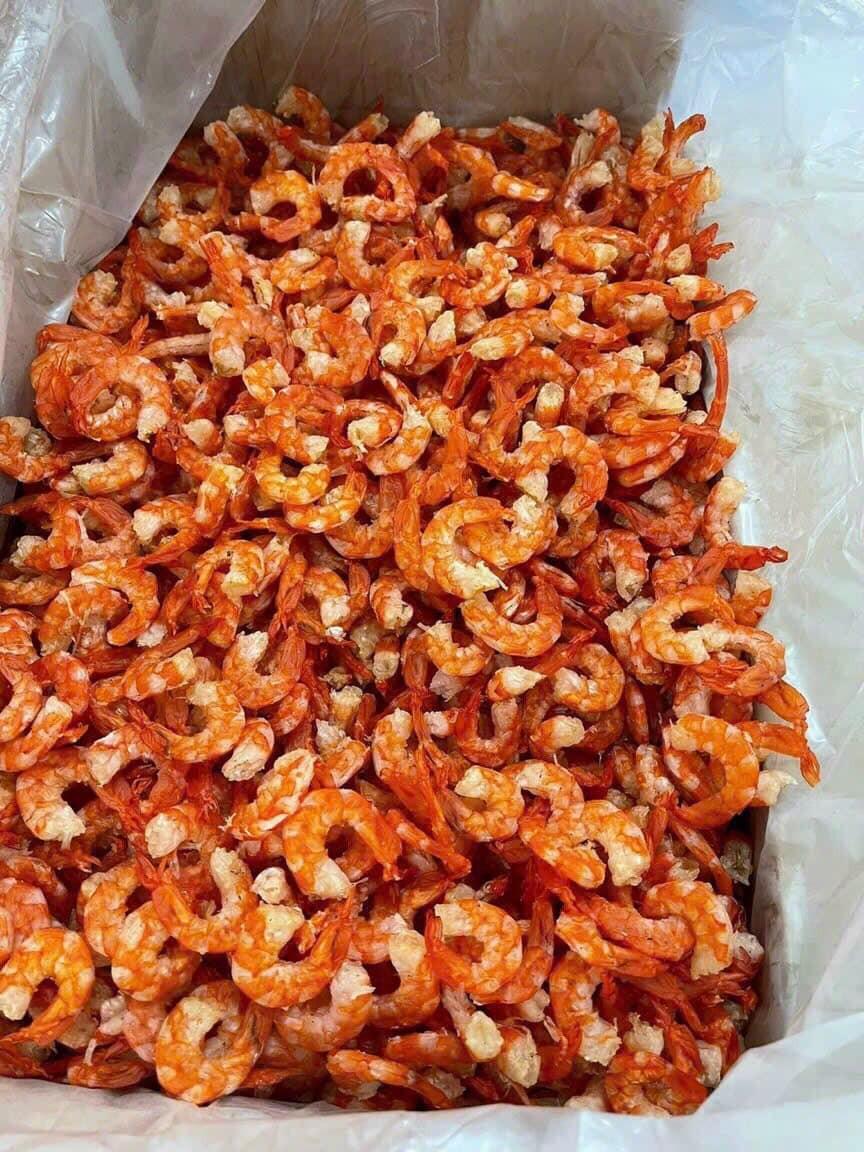NGHI SON AQUATIC PRODUCT IMPORT EXPORT COMPANY

LIMITED
Address: 65 Tran Quoc Hoan, Ward 4, Tan Binh District, Ho Chi Minh City, Vietnam
Contact: Mr. Josh Nguyen (Sale Executive)
Mobile: +84 938 253 318
Whatsapp, Wechat, Viber, Line: +84 938 253 318
Dried Vannamei Shrimp (Tôm thẻ khô)

• In Vietnam, the current area for cultivating white leg shrimp is primarily concentrated in the Mekong Delta region, accounting for about 94% of the country's total area. The most commonly raised species is the white leg shrimp.
• Production areas: Provinces like Cà Mau and Kiên Giang are prominent regions for white leg shrimp production in Vietnam. Other provinces within the Mekong Delta also participate in white leg shrimp cultivation.
• Size: 2-5 cm during the juvenile stage.

Dried Vannamei Shrimp (Tôm thẻ khô)

• Humidity: Around 25-30%, ensuring a proper environment for their development.
• Salinity: 1-2%, aiding in maintaining a suitable water and salt balance in the shrimp's bodies.
• Export markets: China, the European Union (EU), Taiwan, South Korea, the United Arab Emirates (UAE), and other countries in the Asian region.
• In summary, cultivating white leg shrimp is a vital industry in Vietnam, making substantial contributions to the national economy and being exported to diverse global markets such as China, the EU, Taiwan, South Korea, the UAE, and other countries in Asia.

1. Receiving Raw Materials
-Requirements: 100% live shrimp.
-Clear origin/source.
-Standardized size.
-Shrimp Sorting


-Selecting shrimp that meet the standard criteria.
-Removing foreign objects.

2.Boiling – Cooling
• After being sorted for foreign objects and sized, the shrimp will be placed on a conveyor belt for boiling.

• Temperature: 100°C, duration: 3-5 minutes
• Once boiled, the shrimp will be lifted using the conveyor for cooling.

3.Sizing and Initial Processing
Workers carry out preliminary processing and size separation in preparation for the drying stage.

Removing shrimp veins (intestinal tract), shrimp shells, and heads.


4.Arranging on trays – Drying
After standard sizing and preliminary processing, the shrimp will be arranged on trays and subjected to drying.



Drying temperature: Starting at 30°C and gradually increasing to 60°C, depending on the desired moisture level.

5.Cool down and remove from the trays.


After drying, the shrimp will be allowed to cool on the trays. Subsequently, workers will proceed to separate the shrimp from the trays.


6.Packaging and Transportation
The process of packaging and transporting the goods to the customers.

After the tray separation stage, workers will package the shrimp according to the specified sizes.
Packaging will be done based on selected standards or customer requirements, including labeling as per the customer's requests.

Dried Shrimp Production Process

Receiving Raw Materials
Shrimp Classification
Boiling and Cooling
Sizing
Classification by size or quantity
Initial Processing
Arranging on trays
Drying
Cooling down and remove from the trays.
Weighing and Packaging
From 30°C to 60°C
Storage and Transportation
Changing packaging according to requirements
The production process may vary slightly based on the specific equipment and techniques used by different manufacturers, but these general steps outline the key stages involved in producing dried shrimp.


THANK YOU Contact me: Mr Josh Nguyen WhatsAap/Wechat Number: +84 938 253 318 Nghi Son Foods Group Vietnam























